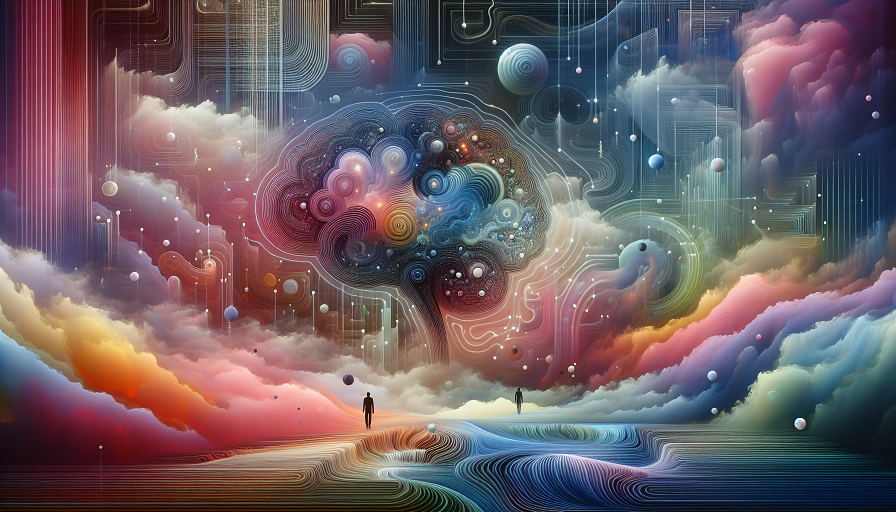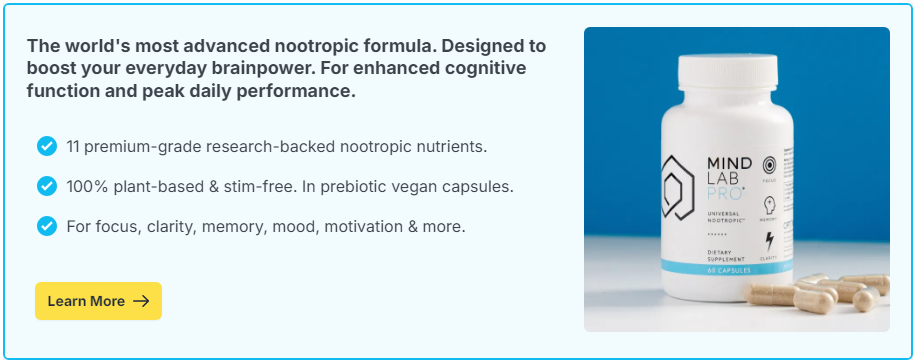
Waking up in the middle of the night might seem like a modern affliction—blamed on stress, blue light, or too much caffeine. But what if it’s not a sleep disorder… but a sleep tradition?
Before the Industrial Revolution, many people didn’t sleep in one long stretch. Instead, they followed what’s called the biphasic sleep pattern—commonly known as “two sleeps.” People would sleep for a few hours after sunset, wake for an hour or two during the night, and then sleep again until morning.
This segmented sleep wasn’t seen as a problem. In fact, it was often a cherished window for thinking, praying, journaling, or connecting with others. In today’s always-on world, where burnout is a badge and uninterrupted eight-hour sleep is the gold standard, it’s worth asking: did our ancestors know something we’ve forgotten?
Contents
What Was the “Two Sleeps” Pattern?
First Sleep and Second Sleep
Historian Roger Ekirch uncovered widespread references to biphasic sleep in pre-industrial texts. Literature from the 15th to 18th centuries refers to “first sleep” (or “dead sleep”) and “second sleep” as distinct parts of a normal night. These were separated by a period of wakefulness lasting anywhere from 30 minutes to 2 hours.
This middle-of-the-night interlude wasn’t seen as insomnia—it was expected. People might:
- Pray or meditate
- Journal or read
- Reflect or think creatively
- Spend quiet time with partners or family
Why It Worked in a Pre-Electric World
Before electric lighting, natural sleep patterns were more closely aligned with circadian rhythms and seasonal darkness. People typically went to bed shortly after sundown and slept in total darkness, interrupted only by firelight or candlelight. The absence of artificial light may have helped regulate melatonin and promote deeper early-night sleep—leading naturally to a period of alertness before the second phase.
How It Changed
With the invention of electric lighting and the rise of industrial schedules, biphasic sleep slowly disappeared. The 8-hour block became the societal norm, partly for convenience, partly for productivity. But the modern pattern is more a product of industrial efficiency than biological design.
The Science Behind Segmented Sleep
Your Brain’s Natural Sleep Cycles
Sleep is already cyclical, composed of 90-minute phases that alternate between light sleep, deep sleep, and REM. Waking up after a full sleep cycle (rather than in the middle of one) often leaves you feeling more refreshed. The two-sleep model might simply be an extension of this—where the brain resets before entering another deep, restorative cycle.
Midnight Wakefulness Isn’t Abnormal
Many people naturally wake up in the middle of the night. Often, it’s dismissed as insomnia, but in light of historical patterns, it may be more accurate to view it as biphasic potential. This brief wakeful period might be a built-in feature of human sleep architecture—not a flaw.
Benefits of the “Wake Gap”
That interlude between sleeps may be more than harmless—it might actually be productive. In that window, the brain is often in a hypnagogic state—a twilight zone between wakefulness and sleep. This is a rich space for:
- Creative insight
- Problem-solving
- Emotional processing
- Lucid dreaming preparation
Think of it as nature’s built-in journaling or meditation hour—quiet, introspective, and neurologically open.
Could a Two-Sleep Schedule Work Today?
Modern Applications
In a society driven by round-the-clock stimulation, adopting a full two-sleep cycle might feel impossible. But some modern thinkers, biohackers, and even shift workers have explored versions of it to improve energy, creativity, or flexibility.
Some options include:
- Modified biphasic sleep: 5 hours of core sleep + 90-minute nap later
- Nap-augmented schedules: Traditional night sleep with planned daytime naps
- Natural waking with mindfulness: Embracing mid-night wakefulness with calm reflection instead of anxiety
Challenges in Modern Life
The nine-to-five workday, bright screens, and caffeine culture make biphasic sleep hard to maintain. Most of us can’t go to bed at 8 p.m. and wake for a few hours at midnight without disrupting daily obligations. But understanding this model helps normalize mid-night awakenings and offers a gentler way to relate to our sleep patterns.
Could It Boost Cognitive Function?
Some researchers suggest that flexible sleep structures might enhance neuroplasticity, creativity, and emotional regulation by giving the brain more time to process information in spaced intervals. The midnight wake period may act as a cognitive decompression zone—improving memory consolidation and psychological clarity.
How to Experiment Safely With Biphasic Sleep
1. Listen to Your Body
If you wake naturally in the middle of the night, don’t panic. Avoid forcing yourself back to sleep or reaching for your phone. Instead, try journaling, meditating, or just sitting quietly with a cup of herbal tea. Let your brain ease through the gap.
2. Reduce Blue Light Before Bed
Recreate pre-industrial conditions by dimming lights and avoiding screens for 1–2 hours before sleep. Blue light suppresses melatonin, which affects both sleep quality and rhythm. Lowering stimulation helps your brain fall into a deeper first sleep—making a gentle wakefulness between cycles more natural and restorative.
3. Use Wake Gaps for Insight
Keep a notebook near your bed. If you wake in the early hours, jot down dreams, ideas, or thoughts without judgment. Many creatives throughout history—including Salvador Dalí and Thomas Edison—used this twilight zone for innovation. Your best ideas might arrive at 3 a.m., uninvited but welcome.
4. Align With Your Chronotype
Some people (especially early risers) may find biphasic rhythms more natural than night owls. Knowing your chronotype—your biological preference for morning or evening activity—can help you design a sleep routine that supports rather than fights your internal clock.
Nootropic Support for Cognitive Balance and Sleep
Enhancing Focus During Wake Gaps
Short nighttime awakenings or early-morning creativity require clear, calm mental states. Nootropics that support attention, memory, and relaxation can help you make the most of these moments without disrupting your overall rest.
Best Nootropic Ingredients for Sleep-Aware Brains
- L-Theanine: Promotes calm, alpha brain waves—perfect for late-night wakefulness without grogginess.
- Magnesium Glycinate: Supports deep sleep cycles and nervous system regulation.
- Bacopa Monnieri: A gentle cognitive enhancer that supports memory consolidation—important during sleep and hypnagogic states.
- Melatonin (low dose): Useful if experimenting with new sleep rhythms, but best cycled to avoid dependency.
Our affiliate partners offer nootropic stacks tailored for cognitive clarity and restorative sleep. These blends help the brain enter sleep smoothly and navigate periods of wakefulness with calm awareness and creativity.
Reclaiming a Forgotten Rhythm
In the quest for perfect, unbroken sleep, we may have lost something more human—something older than lightbulbs or time clocks. The “two sleeps” model reminds us that rest doesn’t have to be rigid. Our brains are wired for cycles, pauses, and even the quiet wonder of 3 a.m. clarity.
If you’ve ever woken up in the night and felt peaceful, reflective, or even inspired, you weren’t broken. You were tapping into a rhythm older than modern time. One that might just be worth remembering.

